By Sara Century
In late 2015, Marvel launched Moon Girl and Devil Dinosaur — based on characters created by Jack Kirby — which was to become one of their most successful and critically acclaimed books of the last several years. Zooming right past the expected year-long lifespan of most new comic series of the modern age, MG&DD just cleared #47, the final issue of this run. With an animated series on the horizon, it’s a great time to look back on what exactly made this series click the way it did.
As a Black 9 year-old girl genius, Moon Girl (or Lunella Lafayette) is the exact opposite of what we’ve been told comic readers want and are willing to buy for decades now. A brainy, pacifistic girl with a power set that is anything but combat-ready, Lunella is a great hero for people who don’t necessarily see themselves represented by the brawny, violent antihero that has permeated mainstream comics of the last many decades.
In a world where so many people were repeatedly claiming that diversity didn’t sell, Moon Girl defied the odds and outlasted many other seemingly surefire hits. For a series as high quality as this one was, causing the industry to rethink how it defines a successful comic was an unexpected but highly exciting side effect.
THE SMARTEST PERSON IN THE WORLD
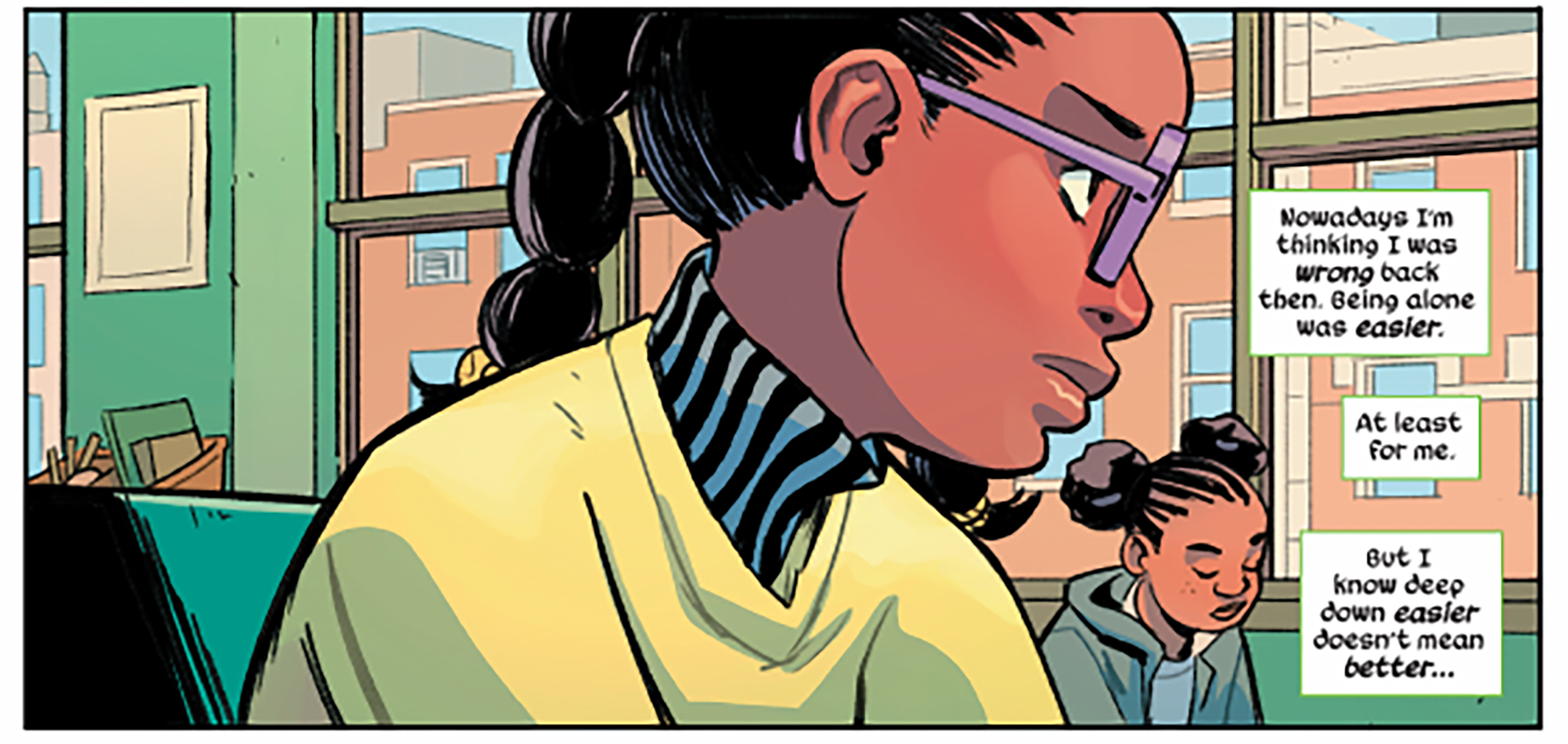
Lunella Lafayette begins the series as a misunderstood outsider who refuses to interact with her classroom and who is ostracized, not only by the other kids but by her teacher, who is exceptionally hard on her. Though her own isolated mentality does play some role in this, there is also the real world fact of the othering of Black children and the inability of many teachers and adults to view them as being as gifted as they are. Lunella has rejection letters from the Future Foundation on her wall. The way she is dismissed by adults will be relatable to a lot of children, but there is an uncommented on element of racism towards a brilliant Black girl.
When Lunella is revealed to be the smartest person alive, a lot of characters have to think twice about their predisposed assumptions about her. A lot of intelligent children will be able to empathize with being underestimated and bored in a classroom where her brilliance is considered secondary to what people dub a difficult or problematic attitude. Though the emphasis is on Lunella’s process, the intrinsic unfairness of the education system and its desire for conformity in its students is also at play throughout the series.
TWO HEADS ARE BETTER THAN ONE
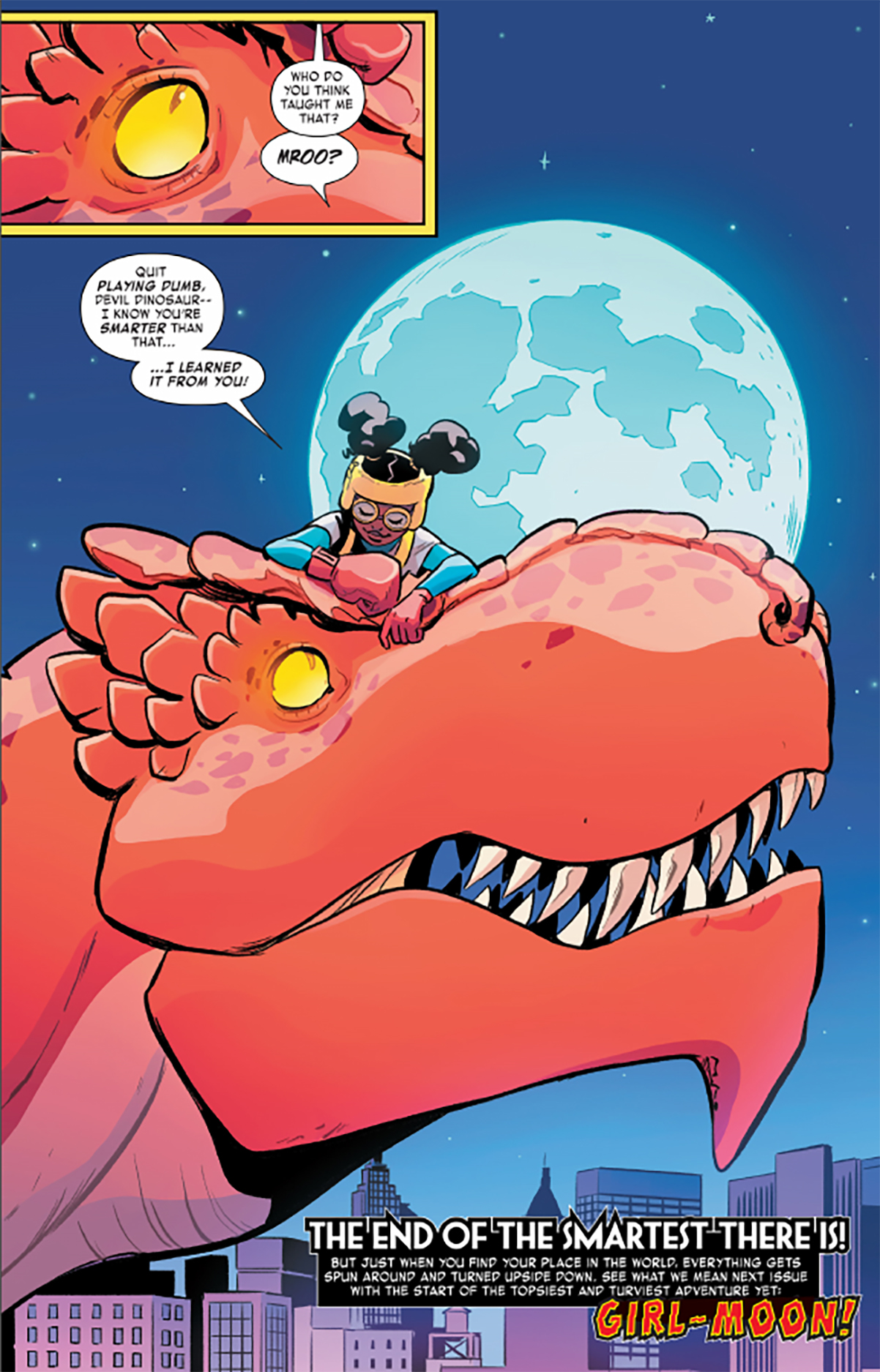
In the beginning, Lunella was terrified to become an Inhuman. This was rooted in a desire for things to stay the same and an unwillingness to join the greater Marvel Universe as yet another costumed crusader. Dissatisfied with her life but unwilling to move forward and fearing what was to come, Lunella attempted to tune out the rest of the world, but found herself unable.
It was her friendship with Devil Dinosaur that made the change so much easier for her to handle. Initially dismissing DD as nothing more than a problem-causing, oversized reptile, Lunella’s gradual understanding of the degree of warmth and compassion he brought into her life is the strongest underlying message of the first several arcs of the series. Their mutual loyalty and friendship grew only more delightful as the series went on. When the Dinosaur and Lunella were separated and he was returned to his own time, he crossed the ages to return to her.
In the final issues of Moon Girl and Devil Dinosaur, many of the heroes who Lunella had initially struggled against became her friends. She learns to extend her compassion to a talking cybernetic head of dismembered Doombot. Her unique power set — being able to switch consciousness with a Dinosaur — forced her to quite literally see things from another point of view. The Lunella at the beginning of the series and the one we see at the end are the same girl, but she goes through a lot of self-discovery along the way.
THE CROSSOVERS
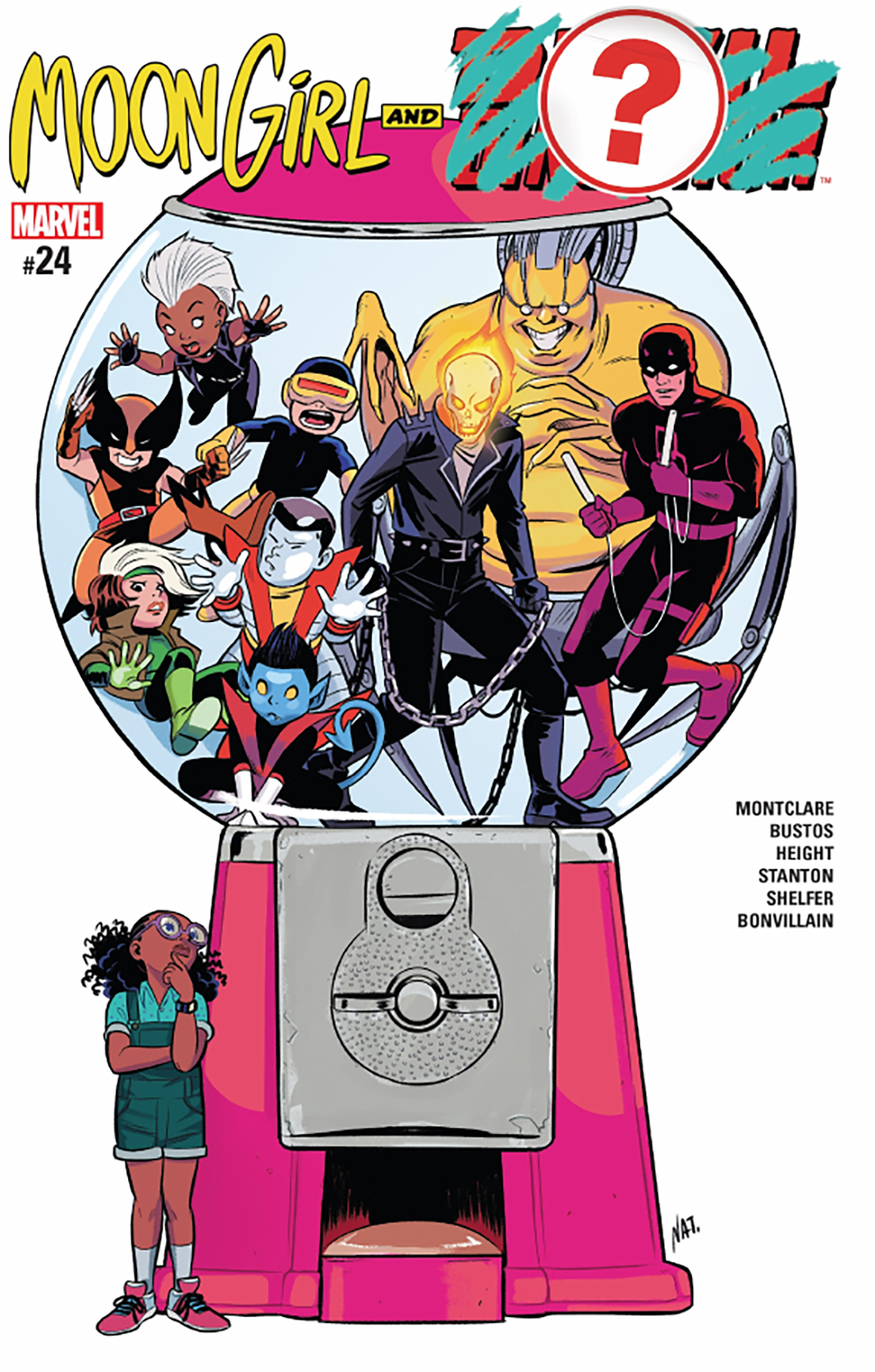
Mainstream superhero comics have long depended on guest appearances to boost sales, and that is a gimmick that long time readers can quickly grow weary of as it regularly comes across as forced. For Moon Girl, this is just another way for her to shine.
In her first team-up, Lunella encounters an incredibly unhelpful Totally Awesome Hulk, who cannot leave her in charge of the rampaging Devil Dinosaur. Completely unwilling to understand that Lunella is actually the only person who can calm and help the Dinosaur, Hulk takes DD into custody after verbally sparring with Lunella for pages on end. Though he walks out of the situation confident that he did the right thing, that still leaves Lunella to clean up his mess.
This exchange represents the general theme when Lunella encounters heroes of the 616. Unable to trust an unaffiliated child with the awesome power she and the Dinosaur wield together, Lunella is put in the position where many bright children are sequestered — trying to convince the grown-ups that she can be trusted to do things on her own.
Rather than feeling like the standard lip service to fans, guest stars in MG&DD were where Lunella’s sheer individuality came into focus. For her, there is neither undue aggression of many heroes nor the sense of starstruck awe we saw from Ms. Marvel in her interactions with the greater Marvel Universe. Lunella generally spends her time trying to convince the heroes that she’s better off working alone and to leave her and the Dinosaur to their own devices.
Her unwillingness to trust or share with the extended universe highlights her singular loyalty to DD as well as the extreme competence of a brilliant child who so often has to push her way in. It also shows us that the Marvel heroes that we do so love are fallible and susceptible to their own hubris in a way that they and we are generally unaware of.
When Lunella meets Amadeus Cho, she challenges him and finds him obnoxious until they eventually bond and he becomes an older brother figure to her. She is starstruck by the slightly older and more responsible Ms. Marvel, who acts as the cool older girl that Lunella wishes she could be more like. She reveals the conflict between Riri Williams’ maturity and her rebelliousness as Riri finds herself scolding Lunella only to backtrack and apologize for treating her like a child. Doctor Strange’s whimsical mysticism clashes head-on with Lunella’s need for facts and scientific explanation, though she eventually learns to accept that some things might not need immediate explanations. Her team-up with the Thing and the Human Torch while their respective teammates were MIA helped put Ben’s and Johnny’s roles as rowdy goofballs into the context of someone with little tolerance for it, and established Lunella’s escalating sense of maturity and growing need for friendship.
Every team-up showed us something about Lunella as well as the guest-star. In a book that featured countless cameos, each character stood out for being as unique and interesting as they are in their own books.
“HOW IS THIS BOOK NOT CANCELLED?”
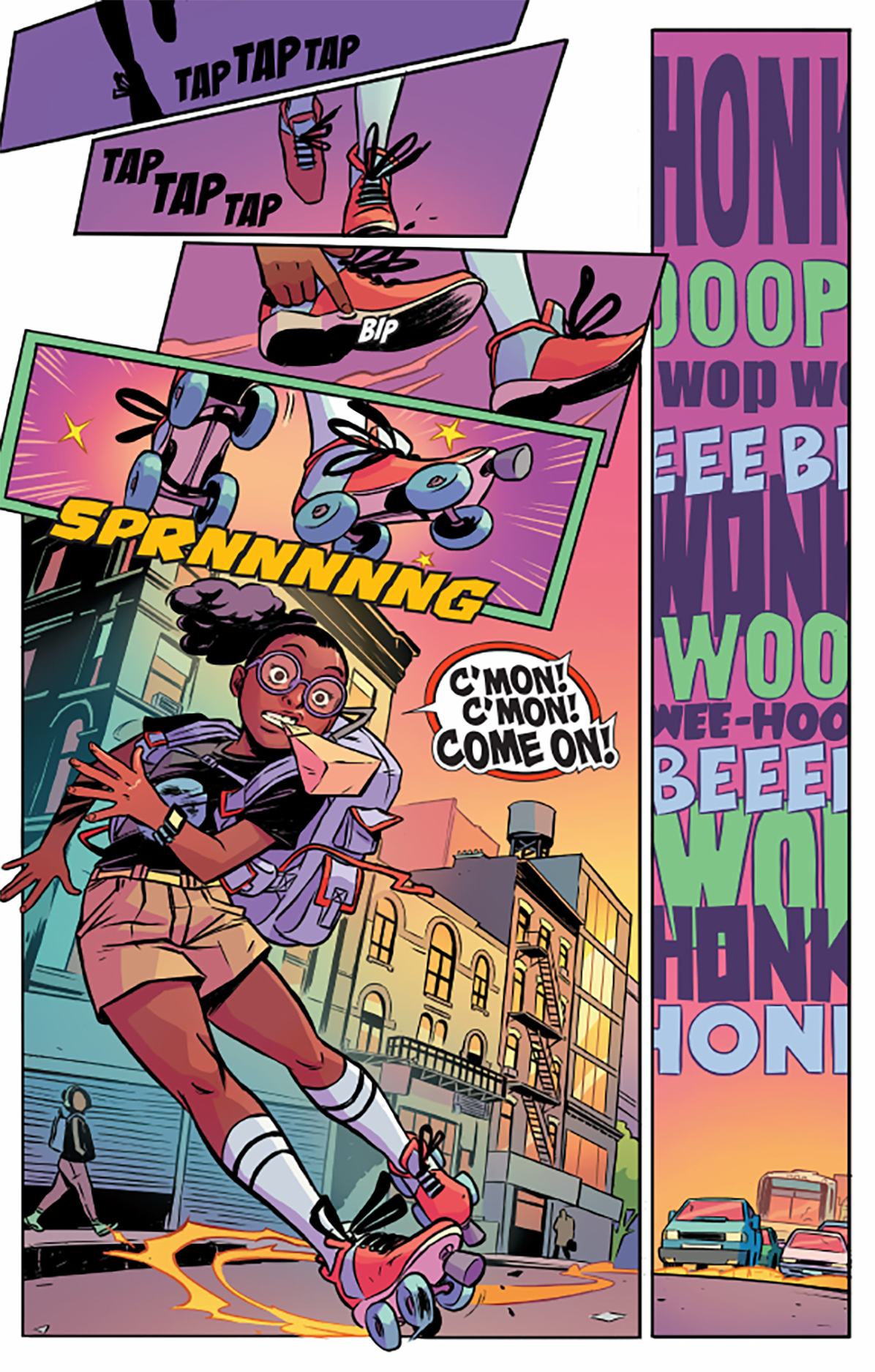
Despite the greatness of the series, one can never entirely ignore the backlash from people that dislike seeing atypical superhero books on the stand at all. Direct market comic sales generally reported low numbers for Moon Girl, lingering around 10 thousand copies sold with each issue. Naturally, this led to the knee-jerk reaction from many speculators that the book was being kept on as some bizarre ploy to advance an SJW agenda.
The fact is that MG&DD was overall targeted as a seller at Scholastic book fair events, where it more than cleared its comic store sales, alongside titles like The Unbeatable Squirrel Girl. Though we can’t know for certain exactly how well Moon Girl sold through this avenue, suffice to say it was enough to keep it going for nearly 50 issues strong, and to warrant a pending animated spin-off.
That all-ages comics were such an untapped market over the last four decades since the advent of the direct market is never more apparent than in situations like this one. It stands to reason that an actual 9 year-old would be a better gateway comic for young readers, and it certainly calls into question the decades during which mainstream publishers actively promoted a feeling that kid-friendly books were nothing more than less-interesting, more stilted takes on adult-oriented books. Refocusing and selling to a younger market would be brilliant if it weren’t so long overdue.
THE CREATIVE TEAM
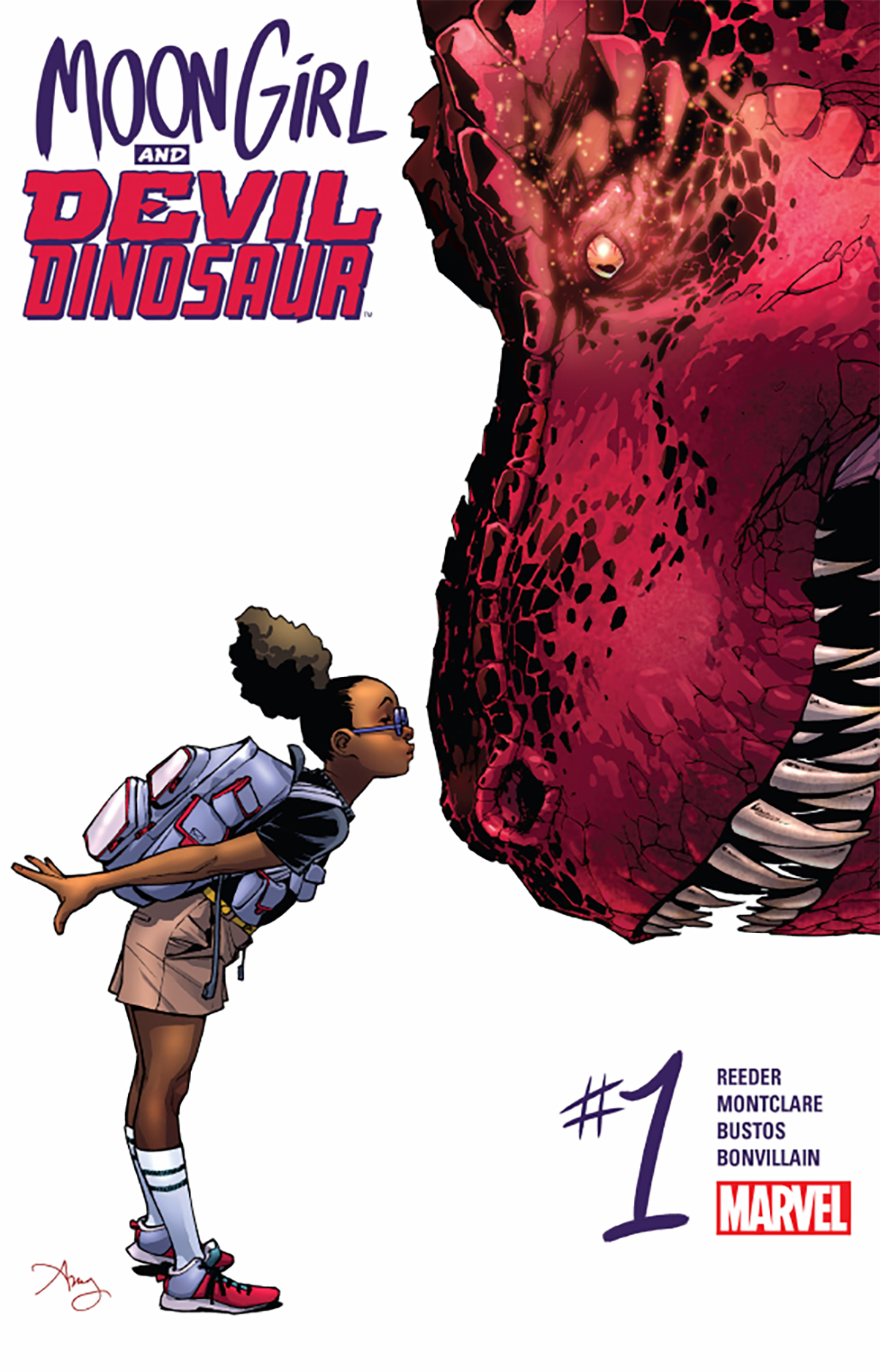
MG&DD started under the creative team of writer and cover artist Amy Reeder, co-writer Brandon Montclare, artist Natacha Bustos, colorist Tamra Bonvillain, and letterer Travis Lanham. After Reeder departed the series with #18 at the conclusion of the “Smartest One There Is” arc, Montclare became the sole writer. Though guest art on the book included talents like Alitha Martinez, who wrapped the series with her work on the last arc, Bustos’ style made for a great deal of the visual language of the series. Bonvillain colored all 47 issues, marking one of the longest runs for a colorist on a single book in recent years.
While everyone does great work across the board, there is no underestimating the importance of Bustos’ work here, as she gave us a Lunella that very much looked and acted like a 9 year-old, and the dynamic motion and epic double-page spreads she brought to the series are truly unique. The design work she did in establishing the sort of anti-fashion of Lunella helped to define the character, and in the best moments the art fairly leaps off the pages. Her covers on the series are brilliant and rank among the best of the last decade.
THE END (?)
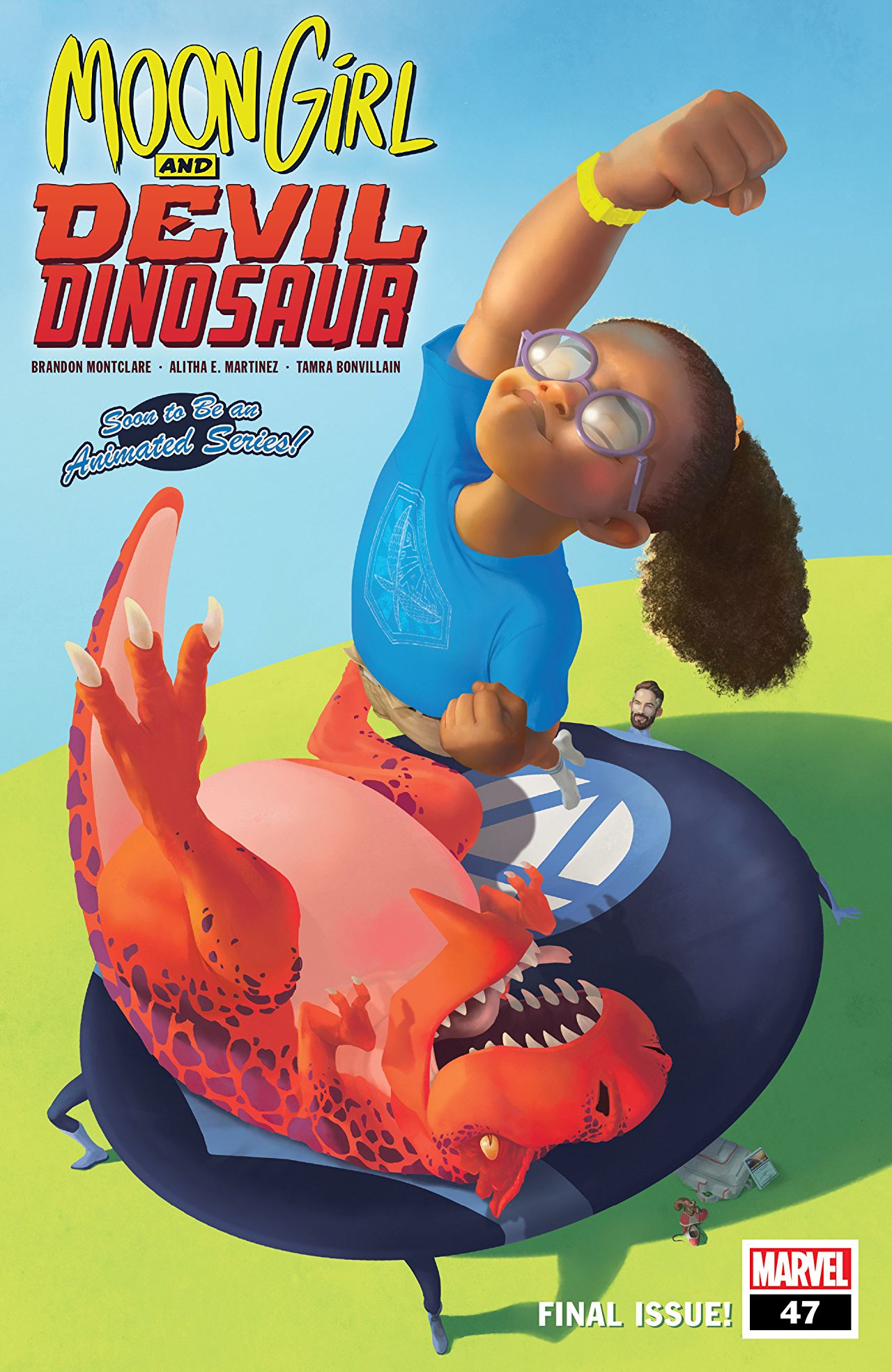
As mainstream comics go, Moon Girl and Devil Dinosaur was about as good as it gets. By giving us a new kind of hero and eschewing all the standard knock-down, drag-out slugfests of the superhero genre, this is a series that was free to focus in on character beats as its primary reason for being. The evolution of Lunella’s story read more as a beginning than a completed arc, and it’s safe to say that this is far from the last we’ll see of Moon Girl. True to the original Marvel comics formula, giving her flaws, social awkwardness, a less-than-understanding supporting cast, and an outsider mentality only added to the appeal of the series.
In the end, perhaps Moon Girl and Devil Dinosaur is best commented on by the cosplay and fan art is has inspired. The audience that has glommed onto Lunella and the Devil Dinosaur might not have found comics at all otherwise, and it is for them that the series will remain the most impactful. As great as it is to read as an adult, the legion of Lunella fans that are coming of age right now might very well be the people that go on to redefine comics in the next few decades, and there’s truly no better resolution for a series than that.


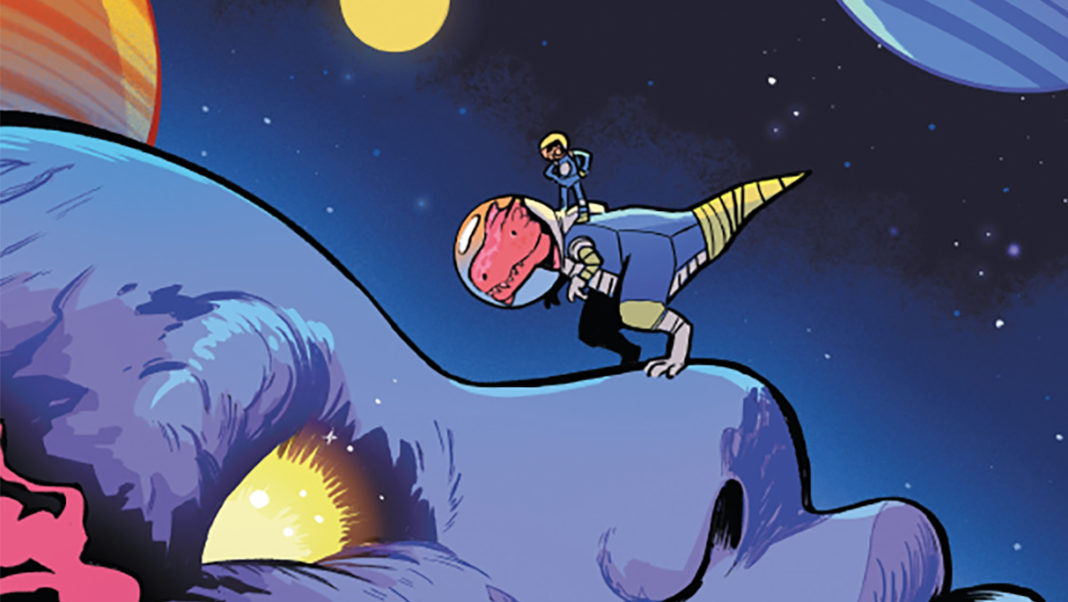
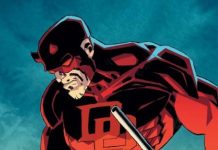
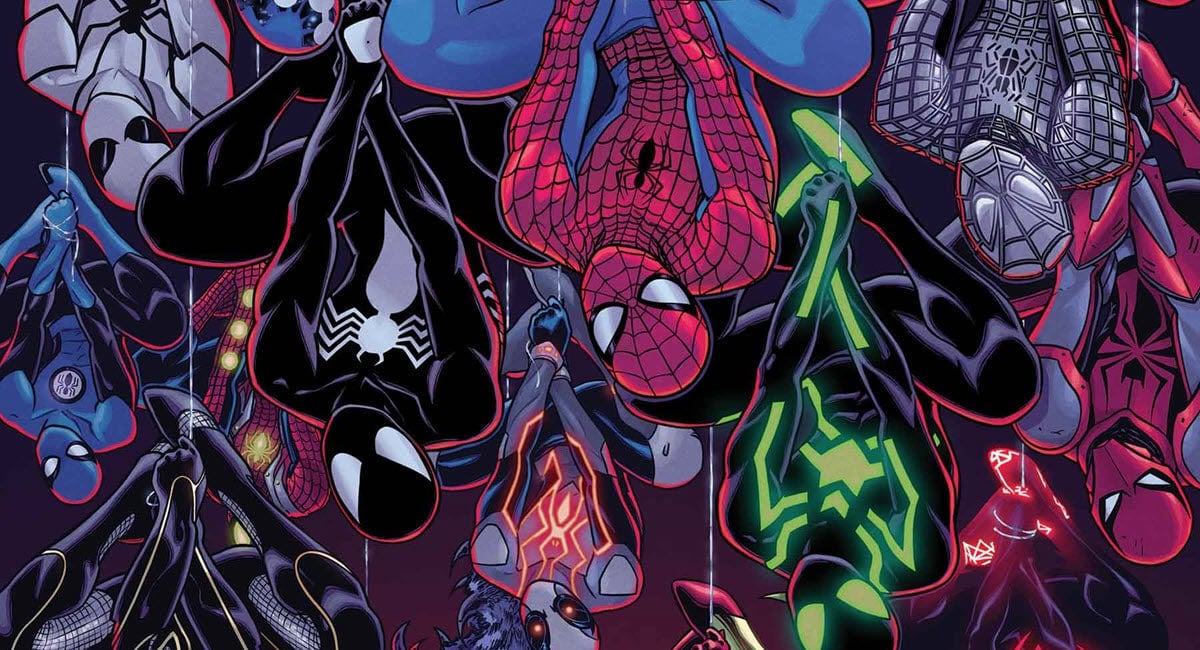



I hope the Fantastic Four discover that Moon Girl Ms Marvel Inferno and the rest are Inhuman descent in upcoming issues of FF.
Comments are closed.